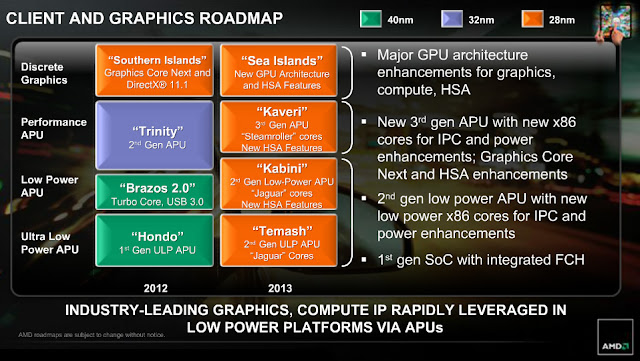Spotted earlier this week in China, the GT-B5330 has just been officially unveiled by Samsung as Galaxy Chat.
The smartphone will be initially launched in Spain in the following days and will go on sale in Europe, Latin America, Middle East, China Southeast and Southwest Asia soon after. No word on the pricing options yet, but by the look of it this is just an entry-level Android smartphone, which only stands out due to the fact that is powered by Ice Cream Sandwich. Another strong point of the phone may be the physical QWERTY keyboard, which provides users with an easier and more accurate typing method. According to Samsung, the Galaxy Chat has been designed for “socially-active users,” so we should expect this one to come packed with lots of social networking apps and services. Aside from the QWERTY keyboard, the smartphone sports a 3.0-inch QVGA capacitive touchscreen display, as well as a mediocre 2-megapixel camera on back.
Other highlights of the devices include Bluetooth 3.0 and Wi-Fi support, as well as 4GB of internal memory and a 1,200 mAh Li-Ion battery. Samsung also confirmed the Galaxy Chat as featuring a microSD card slot for memory expansion up to 32GB. Furthermore, the phone sports a dedicated ChatON launch key, so users will be able to connect to their friends and family with a touch of a single button. Given the fact that Samsung Galaxy Chat is powered by Android 4.0 Ice Cream Sandwich operating system, the phone will provide users various settings that will allow them to easily monitor and control data usage every month. In addition, the smartphone comes pre-loaded with Game Hub, which is pre-packed with some of the most popular social games. Samsung AllShare Play service is installed on the Galaxy Chat as well, allowing users to play multimedia from or to other connected devices. When it comes to productivity tools, Galaxy Chat offers users the possibility go view and edit almost any type of Office documents via Quick Office application.
 |
Samsung Galaxy Chat
Image credits to Samsung |
 |
Samsung Galaxy Chat
Image credits to Samsung
|




 7/04/2012 07:16:00 PM
7/04/2012 07:16:00 PM
 dannzfay
dannzfay



















